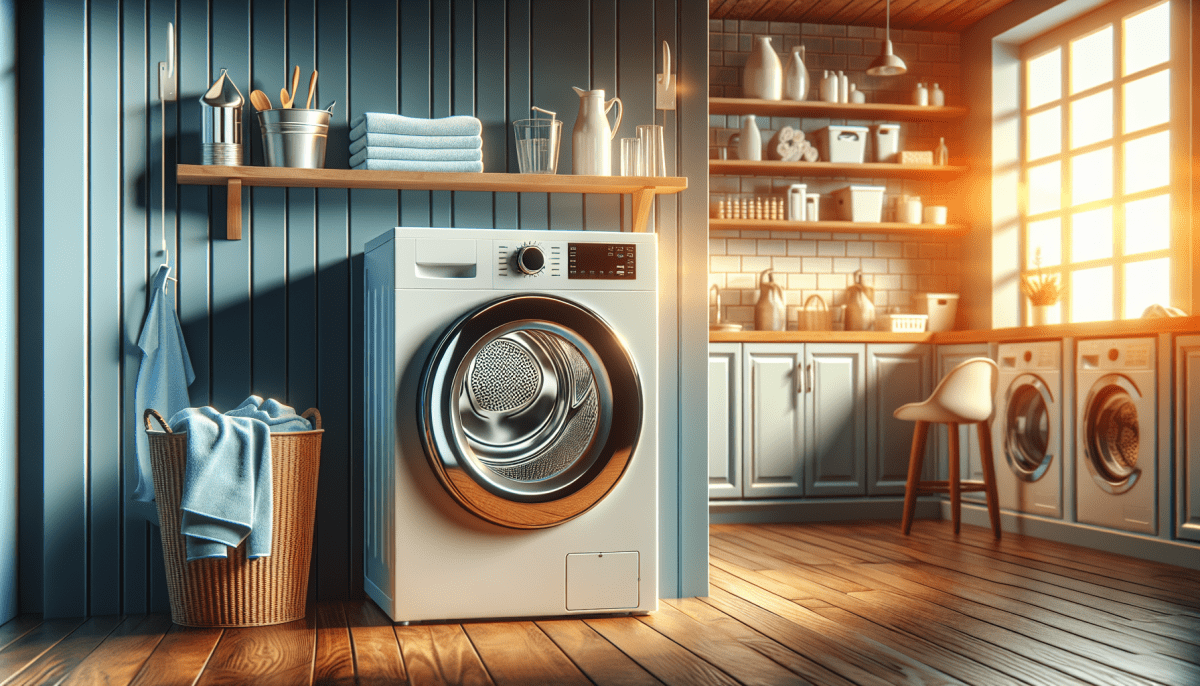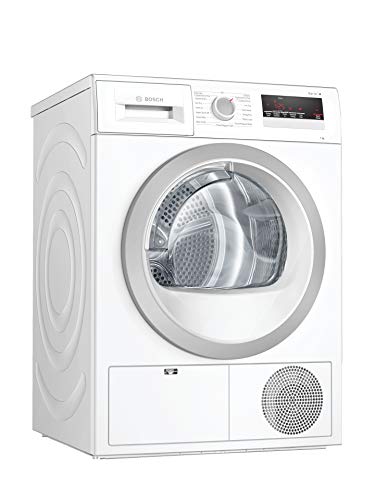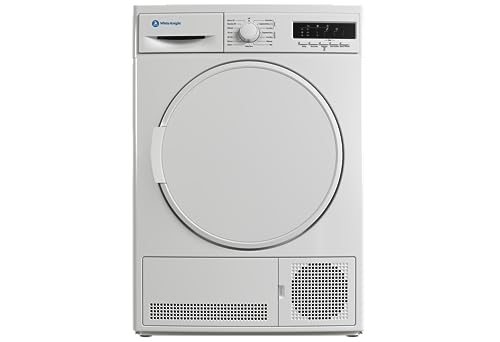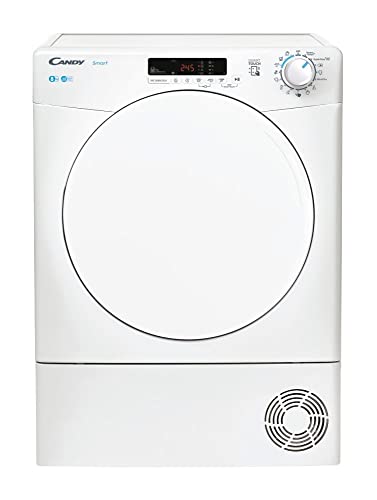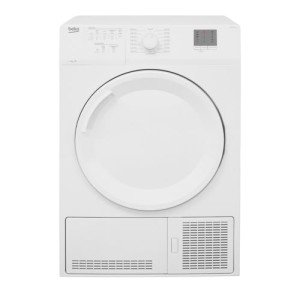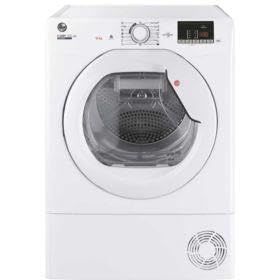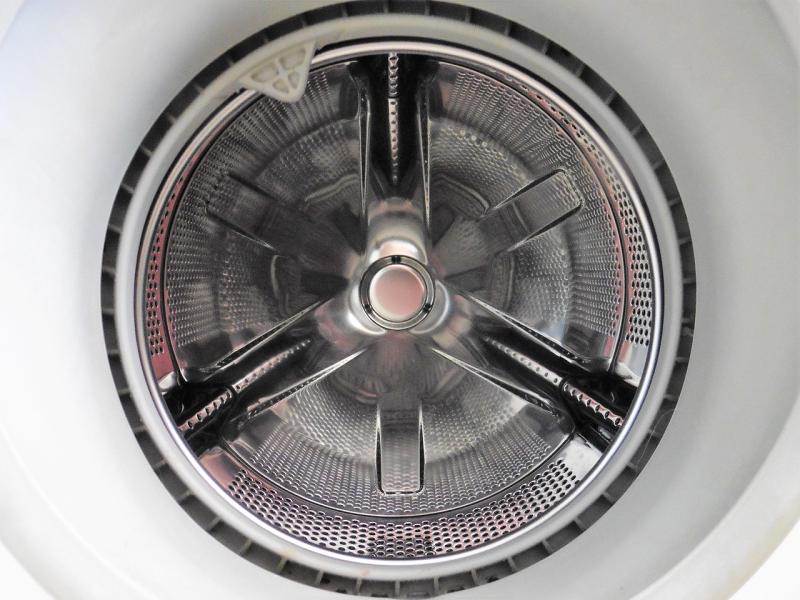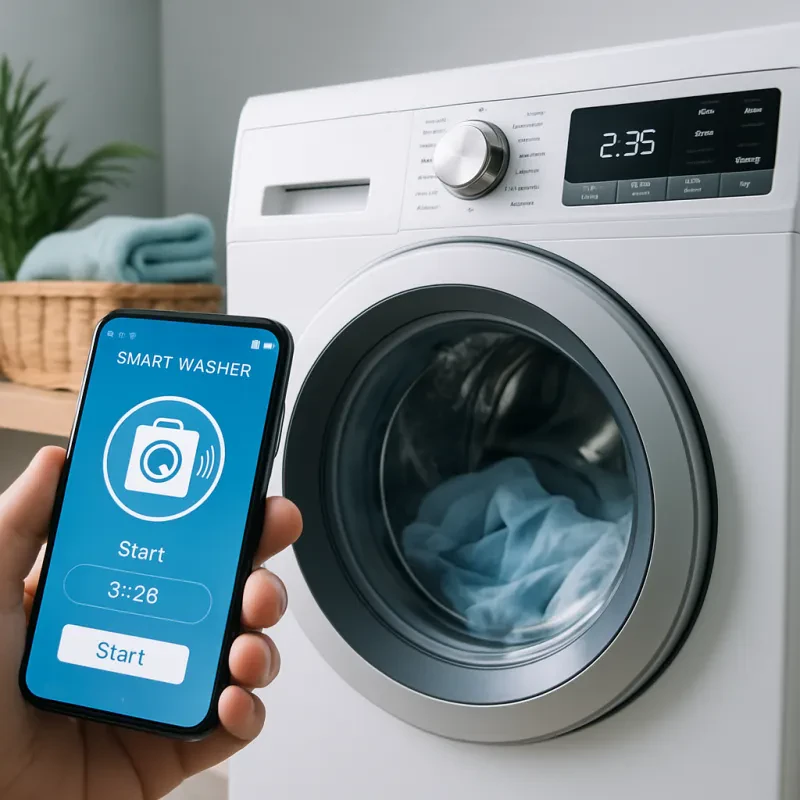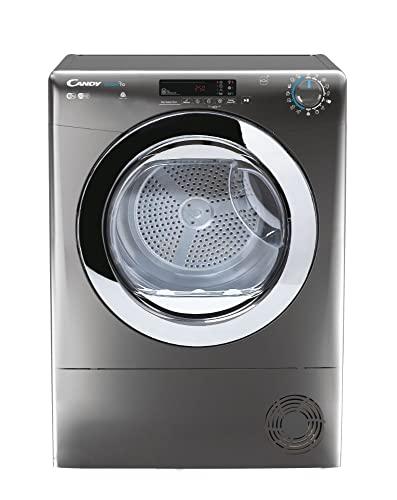Understanding Condenser Dryers: A Comprehensive Guide
Condenser dryers are an excellent choice for homes and apartments that do not have a vent to the outside. While traditional dryers vent the hot, moist air to the outside through a hose, condenser dryers use a different method to remove the humidity from the air. They are also known as ventless or non-vented dryers and have become increasingly popular in recent years.
How do condenser dryers work?
Condenser dryers work by circulating hot air through the wet clothes and drawing the moisture out of them. This hot moist air passes through a cooling loop and condenses into water droplets. These droplets are then collected in a reservoir that needs to be emptied periodically. This process of condensing the moist air and collecting it eliminates the need for a vent, making condenser dryers a great space-saving option for smaller homes and apartments.
What are the benefits of using a condenser dryer?
One of the primary benefits of using a condenser dryer is that it eliminates the need for a vent. This makes them more flexible as they can be installed in a variety of locations. They are ideal for apartments, smaller homes, or any home that does not have existing vent ductwork. They are also more energy-efficient because they use the hot air that is already generated by the dryer so there is no additional energy consumption for ventilation.
What are the drawbacks of using a condenser dryer?
One of the main drawbacks of using a condenser dryer is that they can take longer to dry clothes than a traditional dryer. This is because the moisture is being removed by condensation rather than being vented out. This can be especially noticeable if you are used to using a vented dryer. They can also be more expensive to purchase upfront than vent dryers. However, they can save money in the long run since they are more energy-efficient.
What should you consider when choosing a condenser dryer?
When choosing a condenser dryer, you should consider the capacity of the drum, the energy efficiency rating, and the noise level. Capacity is important as it determines how much laundry you will be able to fit in the dryer. Energy efficiency ratings indicate the amount of energy the dryer will use and the operating cost. Lastly, the noise level can be a deciding factor if the dryer will be located in a communal area or near a bedroom.
In conclusion, condenser dryers are an excellent option for homes and apartments that do not have a vent. They are flexible, energy-efficient, and provide a space-saving solution for those with limited space. With a little research, you can find the right condenser dryer for your needs and enjoy the convenience of not having to worry about venting.
Advantages and Disadvantages of Condenser Dryers
Advantages:
- Water tank: One of the biggest advantages of a condenser dryer is that it does not need a vent to expel moisture. Instead of an external vent, condenser dryers collect the moisture from your clothes into a water tank that you can easily empty. This means that you can place the dryer in any room without having to worry about ventilation.
- No need for ductwork: Unlike vented dryers, condenser dryers do not require ductwork. This makes them a great option for people who live in apartments or homes without exhaust vents.
- Energy efficient: Condenser dryers use less energy than vented dryers because they recycle hot air, rather than expelling it. This means that you will spend less money on energy bills over time.
- Flexible placement: Because condenser dryers do not need a vent, they can be placed just about anywhere in your home. This can be especially convenient for people who have limited space.
- Quiet operation: Condenser dryers generally operate at a lower noise level than vented dryers. This can be a great advantage if you want to run your dryer at night or during the day without disturbing your household.
Disadvantages:
- Cost: Condenser dryers tend to be more expensive than vented dryers. Because they are a newer technology, they are still priced at a premium.
- Drying time: Condenser dryers typically take longer to dry clothes than vented dryers. This is because they recycle hot air, rather than expelling it. This can be frustrating if you need your clothes dry quickly.
- Cleaning: Condenser dryers require more maintenance than vented dryers. The water tank needs to be emptied after each use, and the condenser unit needs to be cleaned regularly to ensure efficient operation.
- Smaller capacity: Condenser dryers generally have a smaller capacity than vented dryers. This means that you may not be able to dry as many clothes in a single cycle.
- Humidity: Because condenser dryers collect moisture in a tank, they can increase the humidity in the room where they are located. This can be an issue if you live in a humid climate or have respiratory issues.
Overall, condenser dryers can be a great option for people who need flexibility in where they place their dryer and want to save on energy costs. However, they do require more maintenance and may take longer to dry clothes than vented dryers. It's important to carefully consider your needs before investing in a condenser dryer.
Maintenance Tips for Optimal Performance of Condenser Dryers
Condenser dryers are an essential home appliance that helps to dry clothes effectively. To keep them functioning correctly, it is essential to maintain them regularly. Here are some maintenance tips for optimal performance of condenser dryers:
- Clean the lint filter: The lint filter is located inside the dryer door and is essential to collect lint and other debris that may accumulate while drying clothes. Clean it before and after every cycle to ensure proper airflow and prevent overheating.
- Clean the condenser unit: The condenser unit is responsible for removing moisture from the dryer and collecting it in a separate container. Over time, it can clog with lint and other debris, reducing its efficiency. Clean it once a month by removing it from the dryer and rinsing it with water.
- Empty the water container: The water container collects the water removed from the clothes during the drying cycle. Empty it after every cycle, or when the dryer displays the 'empty water' message.
- Clean the dryer drum: The dryer drum can accumulate lint, dirt, and other debris over time, reducing its efficiency. Clean it regularly with a damp cloth to remove any buildup and improve its performance.
- Check the dryer vent: The dryer vent is responsible for removing hot air from the dryer and should be checked regularly to ensure it is clear of debris. A clogged vent can lead to overheating and reduce the dryer's efficiency.
- Inspect the door seal: The door seal is responsible for keeping the dryer airtight, preventing heat from escaping. Inspect it regularly for any signs of damage or wear and replace if necessary.
- Use the correct settings: Condenser dryers come with different settings for different fabrics and loads. Always use the correct setting for your clothes to avoid over-drying or under-drying them.
- Use dryer balls: Dryer balls can help improve the dryer's efficiency by reducing drying time and softening clothes. They also help prevent clothes from tangling and reduce wrinkles.
In conclusion, maintaining your condenser dryer regularly is essential for optimal performance and longevity. Follow these simple maintenance tips to keep it running smoothly and efficiently, ensuring your clothes are always dried to perfection.
Bosch Serie 4 7kg Freestanding Tumble Dryer
Effortlessly dry your clothes with this energy-efficient and dependable tumble dryer
Product information
$755.95
Product Review Score
4.69 out of 5 stars
206 reviews